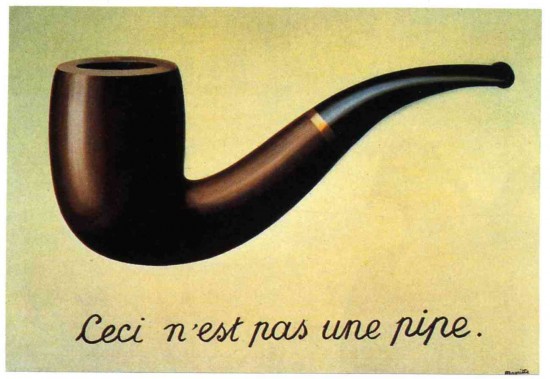He had been strongly recommended for the job. And so, when I got on the phone with him, I was expecting a sharp, take-charge guy. Instead, I got this:
“I’ve been involved in strategically important roles with communications companies for 25 years. Throughout, I’ve focused on my core competencies, building brand recognition and interfaces with key personnel.”
To which I responded: “Huh?”
He went on…
“It’s been a personal paradigm of mine that quality control and dynamic leadership are essentials in today’s globalized business environment, and that’s what I feel I can bring to any company I work for.”
I had already made an initial assessment: This guy was a fraud. But to give him a chance to redeem himself, I tried to keep the conversation going.
“So,” I said, “what, exactly, have you been doing all these years?”
I could almost hear him thinking, “What kind of dummy am I dealing with?” But this is what he said:
“Bringing in a bottom line and achieving optimal results have always been goals that resonated with me.”
“That’s enough,” I thought. “I can’t take any more.”
“I’m sorry to do this,” I said. “But I have to jump off the phone now to handle an emergency. I enjoyed talking to you. I’ll be sure to look at your resume and get back to you if something comes up that meets your qualifications.”
And with that, I bid farewell to this young man and any chance he had of ever working for me.
In their book Why Business People Speak Like Idiots, authors Fugere, Hardaway, and Warshawsky say there are three reasons executives – and people applying for management positions – sometimes speak like this.
- Their focus is on themselves, rather than on the person they’re speaking to. “When obscurity pollutes someone’s communications it’s often because the… goal is to impress and not to inform.”
- They fear using concrete language, because saying exactly what they mean can make it hard to wiggle out of commitments. “Liability scares [some people], so they add endless phrases to qualify [their] views, acknowledging everything from prevailing weather conditions to the 12 reasons we can’t make a decision now.”
- They want to elevate and even romanticize their thoughts and deeds, because they are afraid they aren’t impressive. They do so by using lofty language that disguises the mundane truth.
They are afraid to appear ordinary. Their solution is to attempt to bamboozle everyone they speak with – and particularly those with power.
This is a very bad strategy.
In a job interview, it makes the interviewee look pompous and vacuous – two traits any sensible employer wants to avoid.
When applying for a job, only two things really matter: what you know (your skill set) and who you are (your integrity). Pretending to know things you don’t is a waste of your time, because you will soon be found out. Getting tossed into the street after only a few weeks on the job is both embarrassing and an ugly blemish on your work history.
You can demonstrate your good character by being honest from the outset. Be candid about what you know and what you have done. But make it clear that you are confident you can quickly learn to do anything that is required of you.
In granting you an interview, your future employer is trying to find out if you can help him solve his problems and grow his business.
He isn’t looking to be impressed. He’s looking for someone who can make his life easier by doing a great job. Your job during the interview is to sell yourself as being that person.
And the first rule of successfully selling yourself is to make sure you’ve got the basics down pat:
- You must be good at something – really good.
- That something must be useful to the success of the business you are attempting to work for. If you’ve been reading my blog – even for a short time – you already know what I mean by that: It must be some financially valued skill. Generally speaking, that’s one of four things: marketing, selling, creating profitable products, or managing profits.
- You must prove that you are good.
And then you must deliver.
 MarkFord
MarkFord



